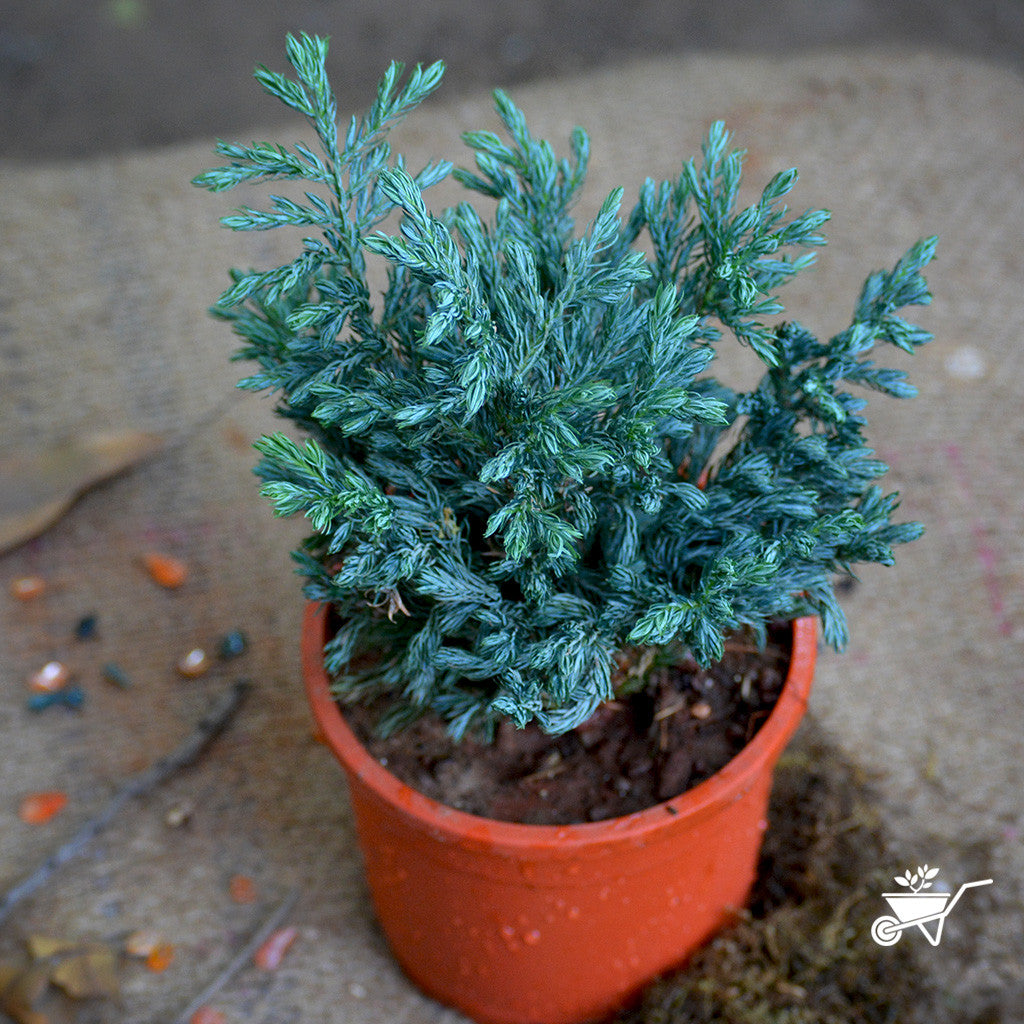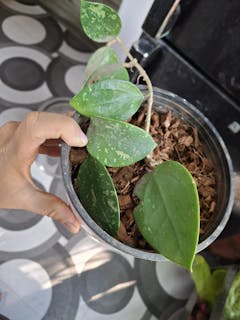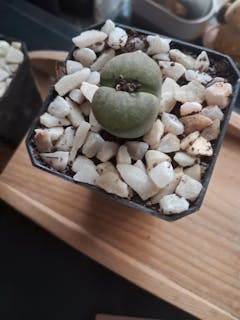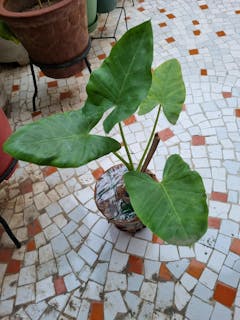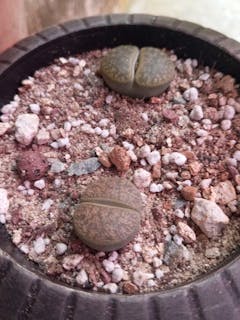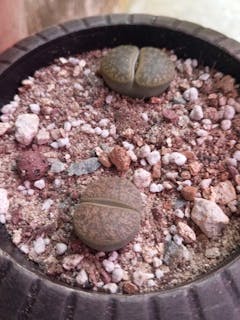Pinus wallichiana
Family
Pinaceae
Origin
Himalaya
Description
It is a coniferous evergreen that grows in altitudes of ~2000-4000 meters.The tree is distinguished by its clusters of long cylindrical hanging cones, and it needle-like blue-green leaves. The tree grows up to 50 m tall, symmetric and pyramidal in shape. It grows quickly and can thrive in moist environments. The branches of the pine can extend outward very far and are covered in blue-green needles all year.. Leaves are 15-20 cm long, needle-like. Cones are 15-25 cm long, in clusters of 2-3. Cone scales are wedge-shaped, wide near the apex - basal scales are usually not, or only slightly, reflexed, very resinous. Flowering is between April-June
Environment
Grow in well-drained soil in full sun in a position sheltered from strong winds. Pine trees prefer acidic, moist and well-drained soil and sun to part shade.
Landscape Use
Suitable for Container, Office Space

